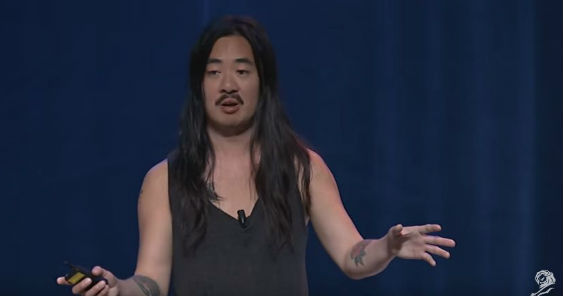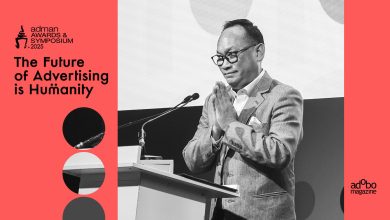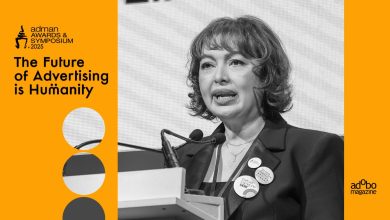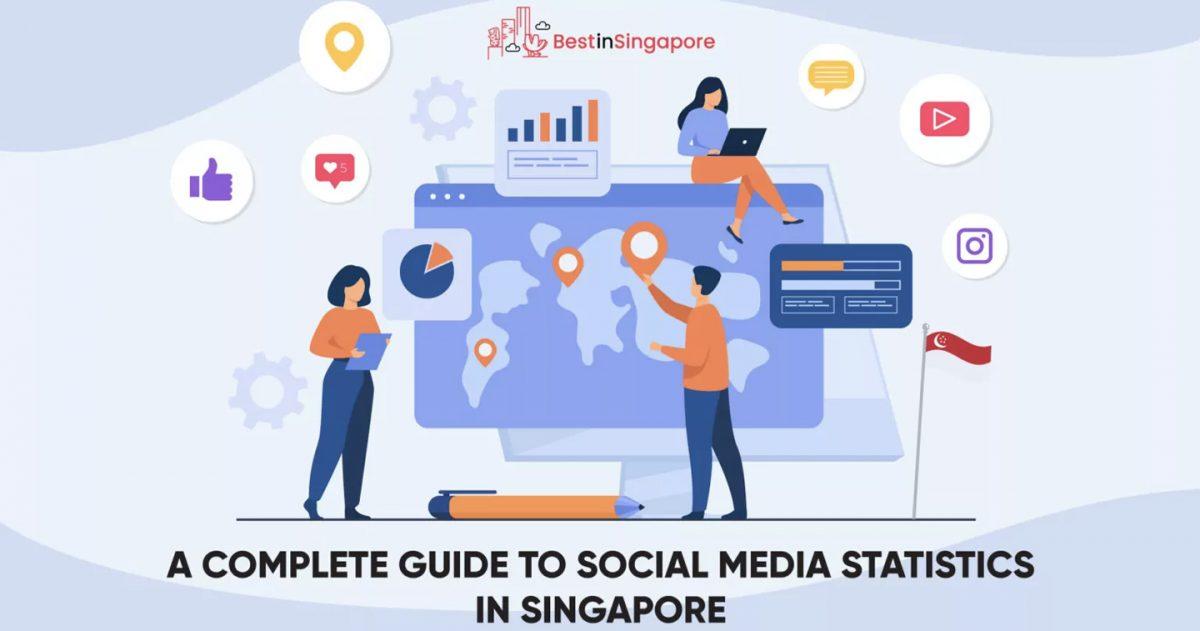CANNES – Share, network, brand yourself, push your ideas, control costs–and most of all be f*cking rock and roll when you gotta be, and f*cking professional when you have to be. This was Snask’s zany and cacophonous presentation in a nutshell, as they blitzed through captivating campaigns and their company philosophy: get away with as much creative sh*t as possible on the client’s dollar, and make it worth every penny.
Rocking the Théâtre Claude Debussy with their band, named VAG (Swedish for “road”, and supposedly a rude English nickname for ladyparts–or so Fredrik states) the method behind the madness often lay with ringleaders Fredrick Ost (Founder and Creative Director) and Magnus Berg (Founder and Design Director). The duo behind Snask sipped their Coronas as they shared successes, failures (like one their executives trying to pass off condoms as a business expense), and experiments like their upcoming online series on branding at pluralsight.com/snask. Pointing out that lecturing is a way to share their experience, learn from the audience, and cement their brand, Snask has presented to various audiences, and is still considering other venues.
The tenth item on their manifesto states: “Having enemies is a good thing. It proves you stood up for something sometime in your life.” And indeed, with their declaration of war on the tedious conservative world, the branding, design and film specialists are out to change how we see and feel about things–and asking as many questions as they can about how much they can get away with, without spending their own money. For them, it’s not enough for brands to have beliefs, they must stand up for them too, says Ost, as ideas must be pushed higher and farther. Specializing in stop-motion animation, they’ve created humorous and unconventional campaigns–and in the case of one client, a folk opera theater group, it featured orchestral instruments having an orgy. They’ve also produced large scale materials which not only became the colorful visual for the 2014 Malmo Festival, it also became an interactive exhibit which enticed on lookers to play around and eventually visit the festival.
They’ve written their own book on the creative process, bottled their own beer (it certainly impresses the clients), painted the world pink (and have gotten damned good at it), kicked off Cannes’ Festival of Creativity with beer, confetti and rock and roll–and they’re still looking for new audiences to conquer. Effectively using their alloted time to push their brand, promote their band, poke fun at stodgy advertising practices and celebrate creativity, Fredrik Ost and Magnus Berg certainly gave the Cannes audience something to talk about.








